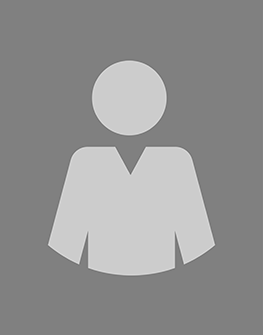Obstructive sleep apnea is a condition in which a child briefly stops breathing during sleep – often many times in a night. These pauses can interrupt deep sleep, sometimes causing the child to wake up gasping for air. Left untreated, obstructive sleep apnea can lead to long-term health problems, including heart and lung issues, poor growth, and behavioral changes.
At Cooper University Health Care, our team of pediatric specialists is her to help you recognize the signs and get your child the care they need.
Causes of Sleep Apnea in Children
Obstructive sleep apnea occurs when the upper airway (the space from the nose and mouth to the lungs) becomes temporarily blocked during sleep. As the muscles in the head and neck relax, tissues in the airway may collapse or press together, restricting airflow.
This can result in lower oxygen levels in the blood than normal, disrupting sleep and putting strain on the body. Over time, this can affect your child's lungs and heart and may interfere with growth and development.
Risk Factors for Obstructive Sleep Apnea in Children
While obstructive sleep apnea can affect children of any age, it is most commonly found in those between the ages of 3 and 6. The most common causes and risk factors include:
- Enlarged tonsils and adenoids
- Being overweight
- A tumor or growth in the airway
- Certain syndromes or birth defects, such as Down syndrome and Pierre-Robin syndrome
- Nasal congestion
Symptoms of Obstructive Sleep Apnea in Children
The symptoms of sleep apnea vary from child to child, and can include:
- Loud snoring or noisy breathing (gasping or snorting) during sleep
- Pauses in breathing lasting a few seconds up to a minute
- Mouth breathing
- A nasal-sounding voice
- Restlessness during sleep
- Daytime sleepiness or irritability
- Hyperactivity or behavioral issues
Diagnosis and Treatment
Diagnosing obstructive sleep apnea begins with a physical exam and a discussion about your child’s symptoms, health history, and sleep patterns. Your child may be referred to a sleep study (polysomnography) – the best way to diagnose obstructive sleep apnea.
During the study, your child may need to sleep overnight in a special lab, where we monitor:
- Brain and heart activity
- Blood oxygen and often carbon dioxide in the blood
- Breathing patterns
- Muscle activity
- Air flow through the nose and mouth
- Chest and abdominal movement
While sleep studies can be challenging for younger children, they provide essential information to guide treatment, which
will depend on your child’s symptoms, age, general health, and the severity of their condition. The options for treating obstructive sleep apnea may include:
- Surgery to remove enlarged tonsils and adenoids
- Weight loss, if your child is overweight
- Continuous positive airway pressure (CPAP), a special mask worn during sleep that delivers a steady stream of air to keep the airway open
- Avoiding secondhand smoke, indoor pollutants, and allergens, which is important for children who also have nasal congestion
Why Choose Cooper for Pediatric Sleep Apnea Care?
At Cooper, your child’s care is managed by a team of fellowship-trained otolaryngologists (ENT, or ear, nose, and throat specialists) and pediatric pulmonary medicine physicians with expertise in diagnosing and treating sleep disorders in children.
Our team works closely with Cooper’s Sleep Lab to accurately diagnosis sleep apnea, and they collaborate with your child’s primary care provider to ensure coordinated, comprehensive treatment.
Our advanced practice nurses also offer support, working closely with you and your child to teach you how to use therapeutic devices such as CPAP when needed.
Contact Us
To learn more about how Cooper can help your child with obstructive sleep apnea, please call 800.8.COOPER (800.826.6737).
